Mythic Visions - Huichol (Wixárika) Yarn Painting
jULY 3RD, 2021 - SEPTEMBER 11th, 2021
TONI ONLEY GALLERY
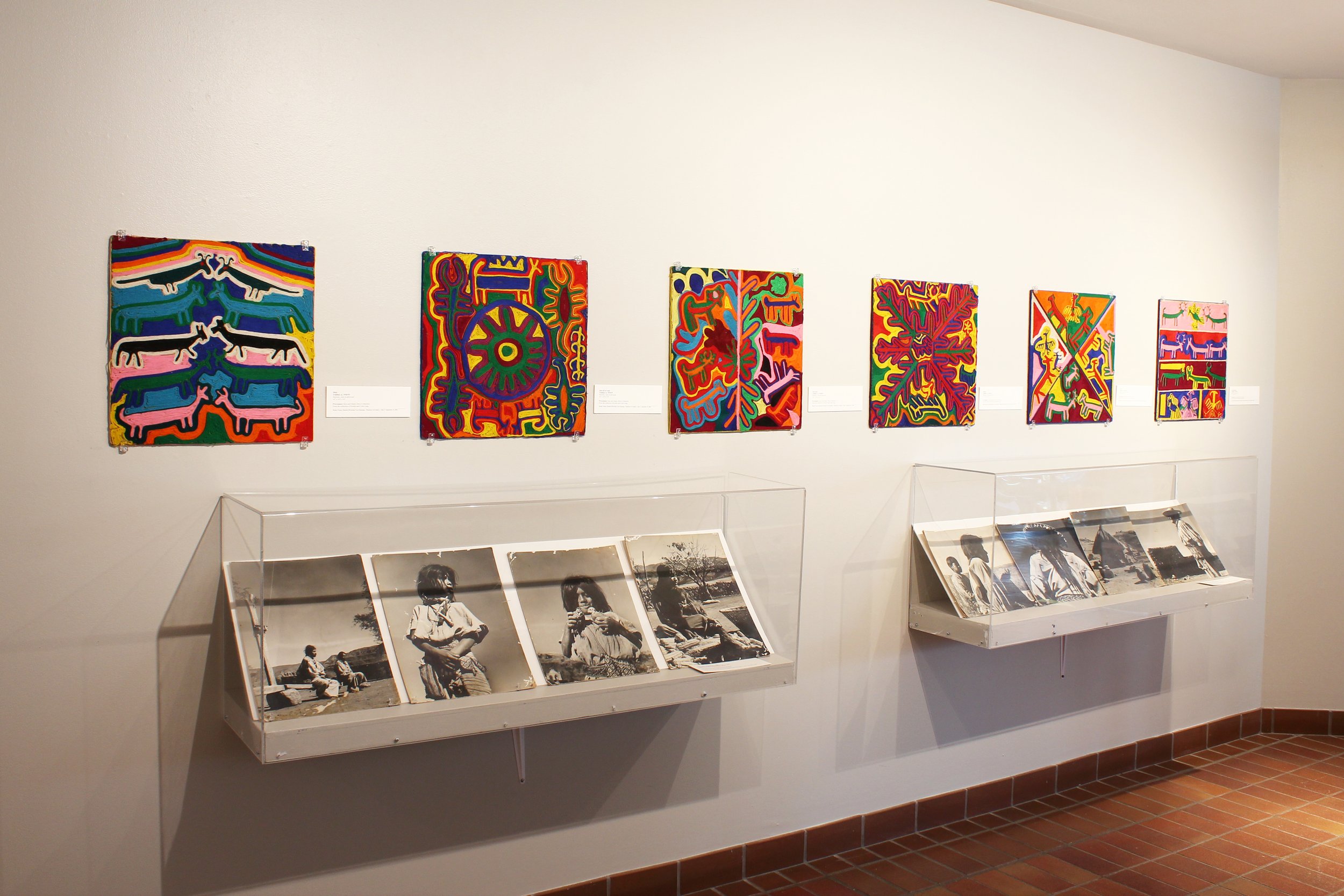
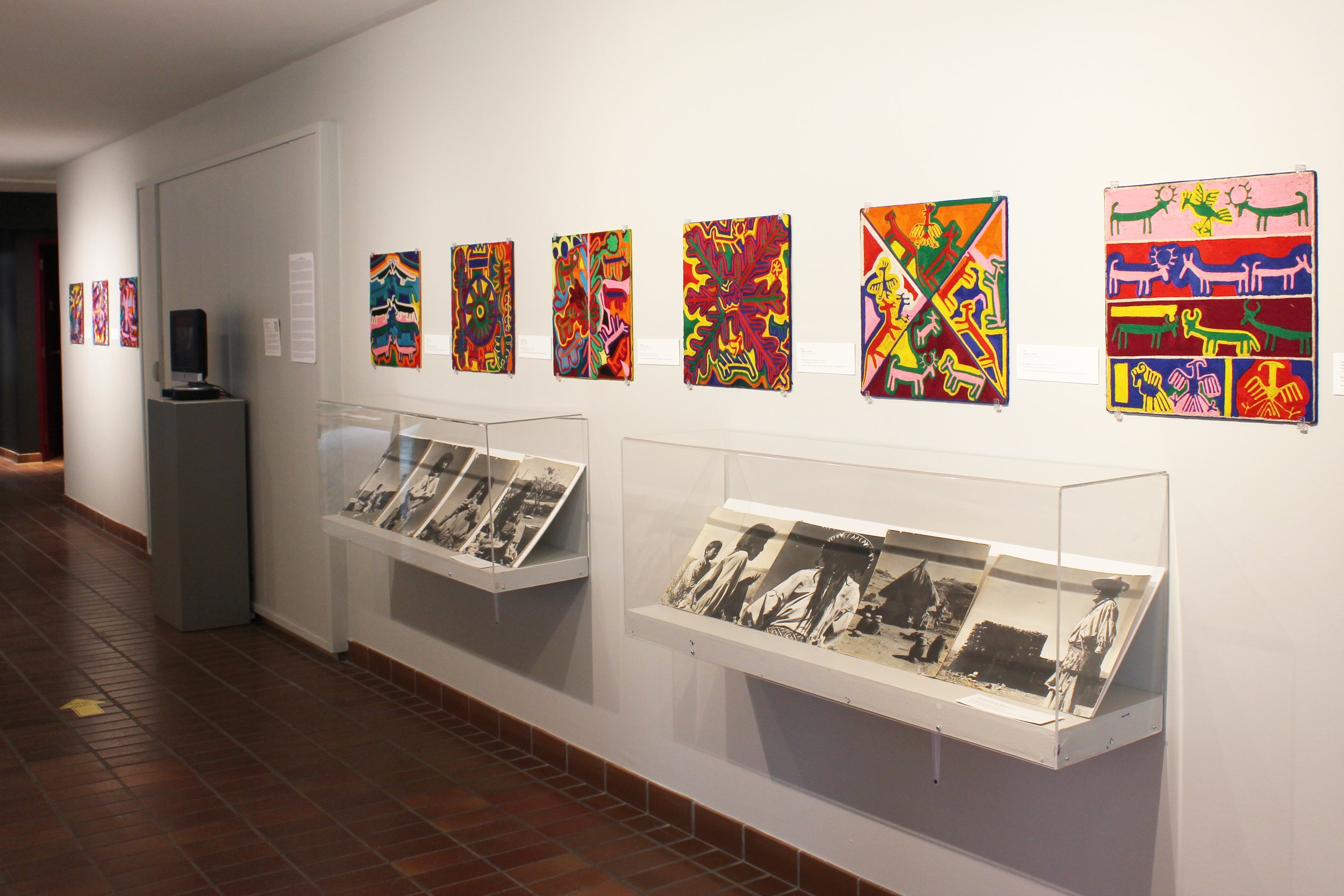

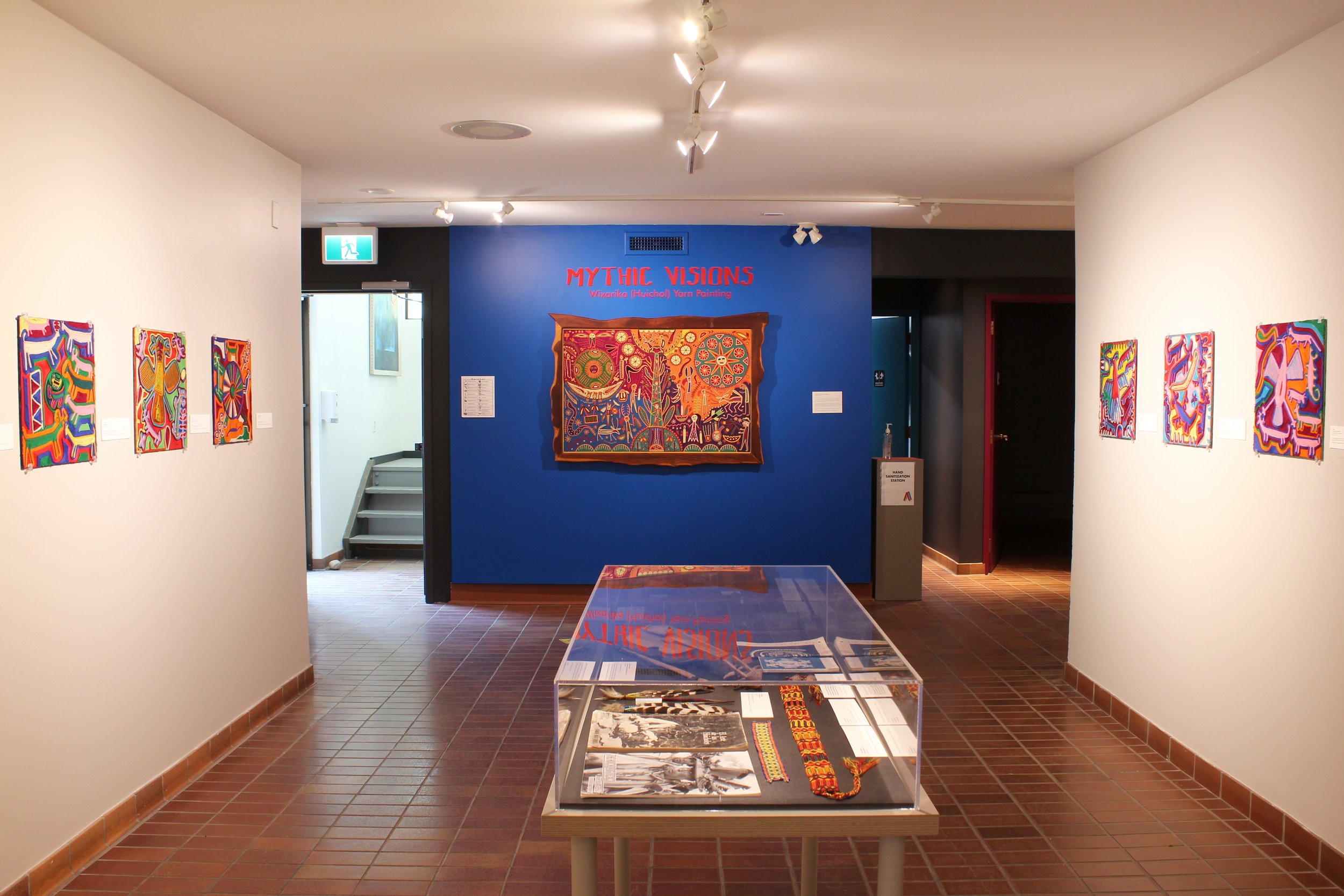
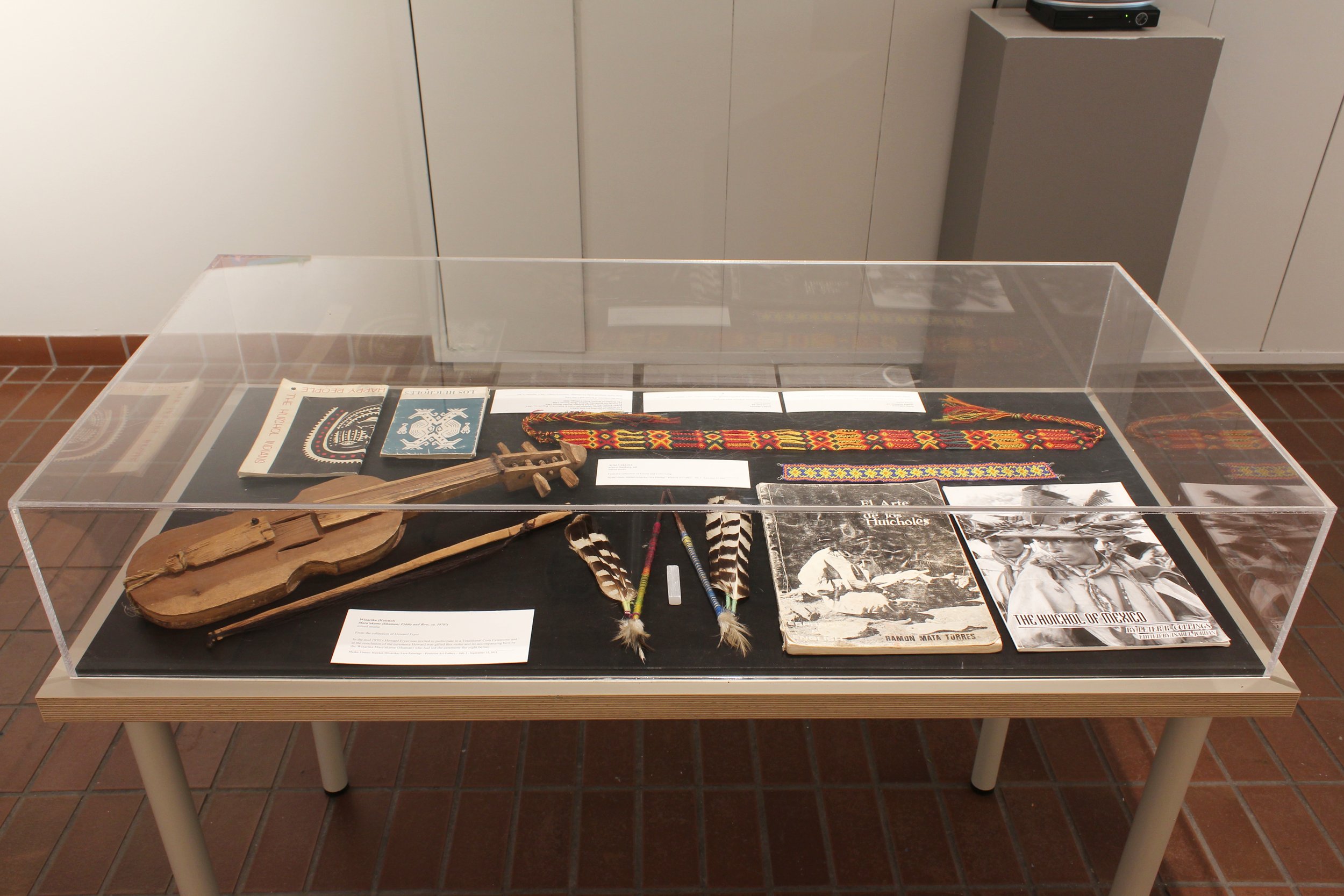
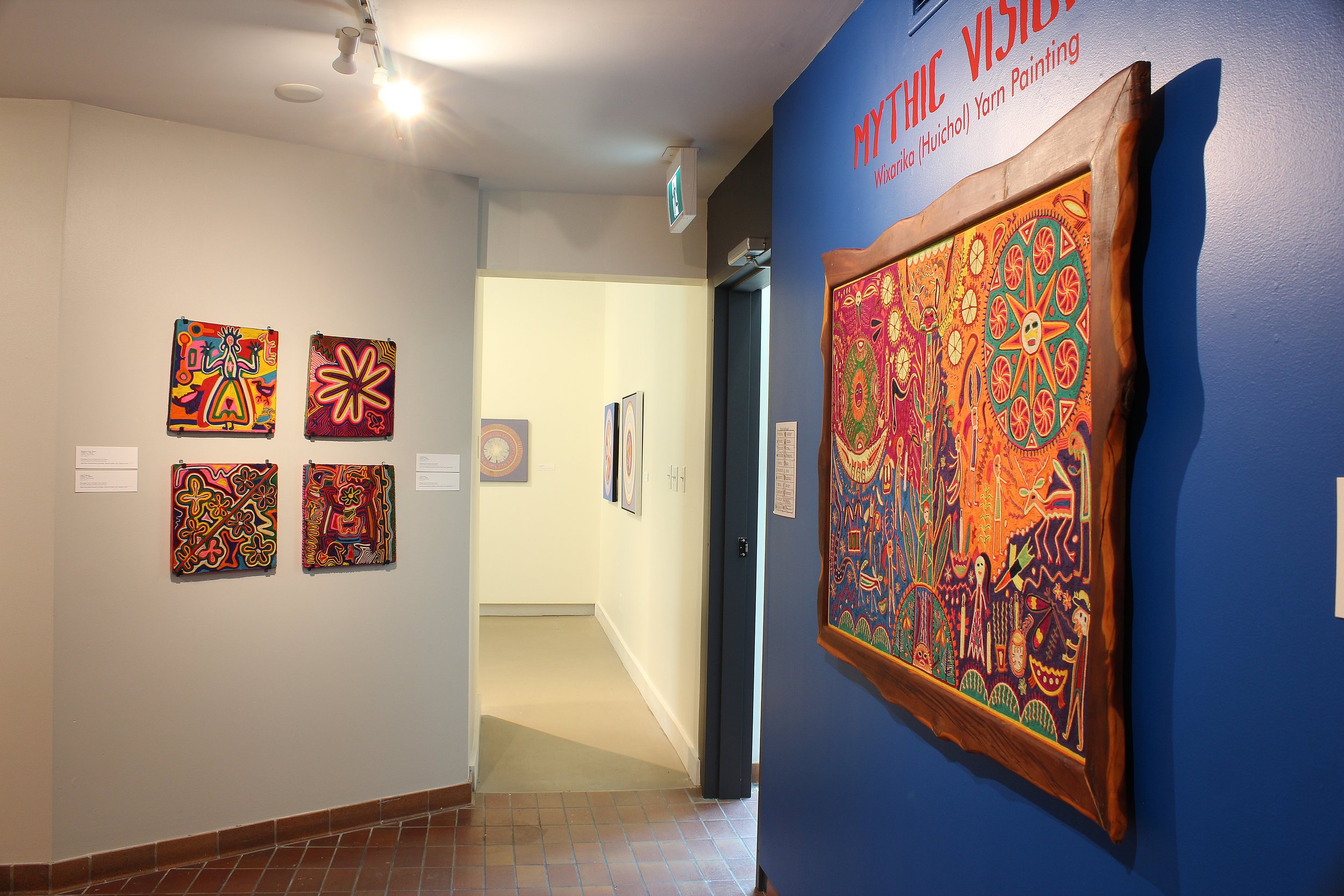
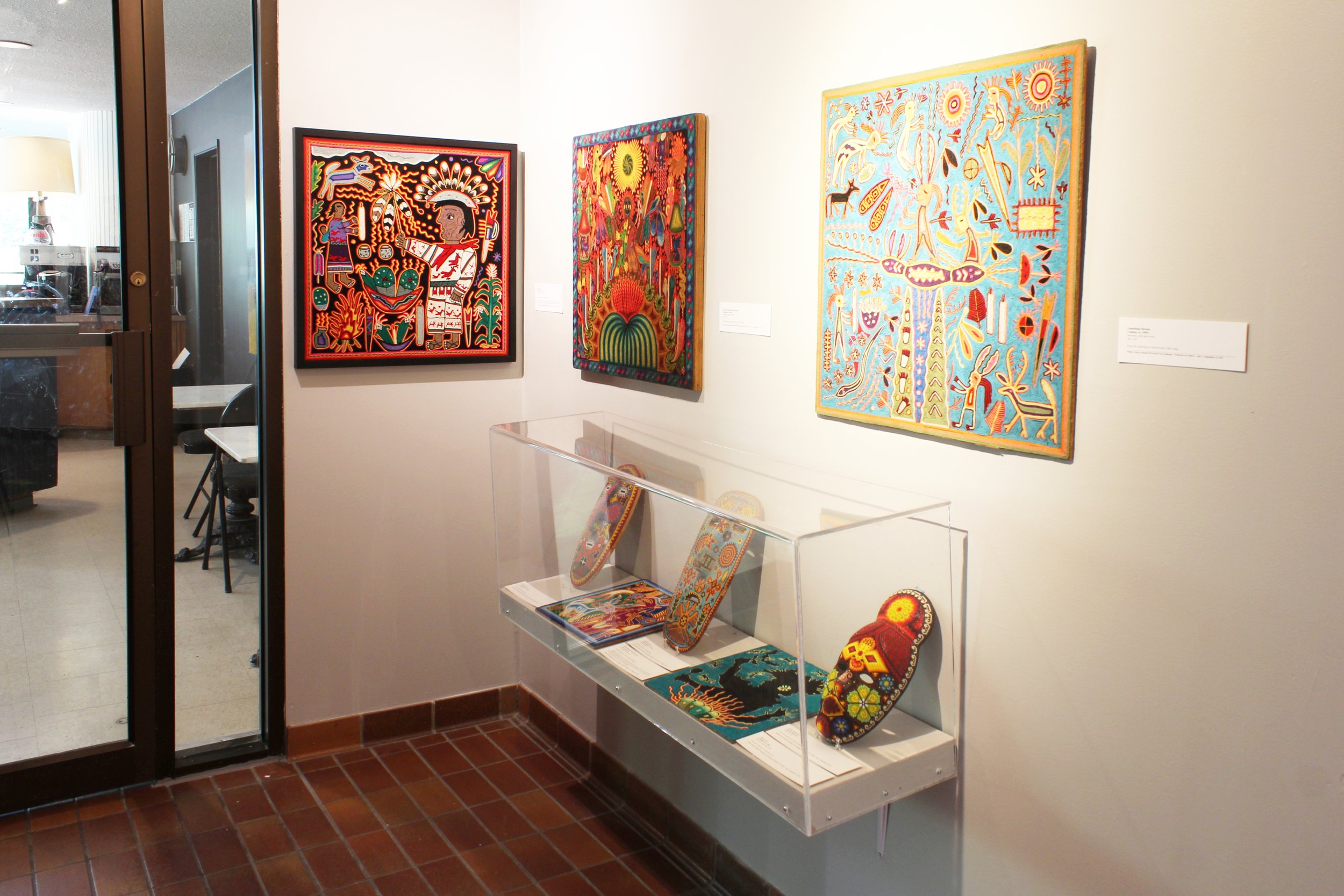
Featured Artists:
The Huichol or Wixárika are an indigenous people of Mexico and the United States living in the Sierra Madre Occidental range in the states of Nayarit, Jalisco, Zacatecas, and Durango, as well as in the United States in the states of California, Arizona, New Mexico, and Texas. They are best known to the larger world as the Huichol, although they refer to themselves as Wixáritari ("the people") in their native Huichol language. The adjectival form of Wixáritari and name for their own language is Wixárika.
This incredible collection of artwork was assembled between 1958-59 by Ken and Gladys Davis who were living at that time in Guadalajara, Mexico where they were assisting with the restoration of Mexican churches. Ken Davis first gained fame in 1936 as a graduate student at the University of New Mexico when he stumbled upon the Sandia Cave, a grotto tucked into a limestone cliff on the eastern side of Las Huertas Canyon in the northern Sandia Mountains in New Mexico. Sifting through the dirt at the mouth of the cave he uncovered a series of artifacts which he took back to his professor Frank Cummings Hibben who arranged for a full archeological survey of the cave the following year. The resulting excavation uncovered evidence of human activity dating back 9,000 to 11,000 years ago. In 1961 the site was declared a National Historic Landmark.
While living in Guadalajara he first came into contact with the Huichol, and with an anthropologist eye and curiosity he proceeded to acquire a collection of their artwork, including these 22 Yarn Cuadros representing the following Huichol communities: San Andrés Cohamiata, Guadalupe Ocotán, San Sebastián, Santa Catarina, Tenzompa, and Saledad. The collection is further enhanced by a wonderful series of gelatin silver black and white photographs by the noted Mexican photographer Juan Victor Aráuz (1914 – 2000). The collection was brought to the attention of Dr. Daniel Rubin de la Borbolla, the former Director of the National Museum of Popular Arts and Industries in Mexico City who had noted the immense cultural significance of this unique and rare body of work. At the time there is no way that Ken and Gladys Davis could have imagined not only the rarity but also the cultural importance this collection would have 60 years later.
In 1996 Kristin and Colin Lang and a friend, travelled to Mexico where they met a man named Carlos Bartlett who lived on a ranch outside of Tepic, Nayarit. Carlos introduced them to a Huichol shaman by the name of Julio Salvadore. Through Julio, they got to know many other families in the local Huichol community, including Jose Benitez Sanchez, one of the leading Huichol artists. Over the course of 3 years, they spent much time with the communities in and around Tepic, Nayarit and also in the Sierra foothills and were honoured to be able to participate in many ceremonies which involved pilgrimages to their sacred sites.
Their lives were forever altered by these experiences and by the people they met. As a result they formed a small cooperative to preserve, promote, and sell Huichol yarn paintings across the USA, sending the proceeds back to their communities. During this time, they were approached by Bob Kanner in Santa Fe New Mexico to view this collection and were immediately struck by the significance of what they had discovered. They immediately felt a need and obligation to secure it so it could remain together and be used for educational purposes rather than be sold individually. They were able to purchase the collection in its entirety. The importance and rarity of this collection has also been documented by Juan and Yvonne Negrin, co-founders of the Wixårika Research Center in Berkeley, California. This collection of Huichol cuadros represents one of the largest known private collections remaining which documents the very foundations of this unique and wonderful art form.
The yarn paintings are the continuation of a variety of ritual arts long practiced by the Huichol with the emergence of this art form beginning in the late 1950s. The art form builds on the rich history of Huichol iconography, translating the imagery to a flat surface. They are created through the application of beeswax on a board where the artist sketches out a design and carefully pressing brightly colored yarns into the wax. The first paintings were largely decorative, sold in government craft shops creating an industry and bringing in some much needed income into their communities. It was not long before that the shaman-artists realized the potential for these paintings to tell the stories and myths of the Huichol, and to record their sacred visions recording the stories of the creation, the peyote/deer hunt, the journey of the soul after death, and the origins of Father Sun and Tatewari, Grandfather fire. Stylistically these early yarn paintings resemble brightly coloured petroglyphs and considering the relatively new adoption of the materials they show an extraordinary degree of sophistication that can only be achieved through the transference of generations of knowledge that comes.
Thanks to their isolation in the mountains and canyons of the state of Nayarit, the Huichol, alone among the indigenous peoples of Mexico, were able to largely resist conversion to Christianity by the Spanish conquistadors. They have maintained their pre-conquest religion and traditions nearly intact. The Huichol practice a nature-based religion guided by shamans, which the anthropologist Peter Furst calls, “a powerful everyday spirituality that seemed to owe nothing to the religion of the conquistadores.” The religion and the sacred arts which serve it are directed toward communication with a pantheon of “numberless male and female ancestor and nature deities” and in so doing finding the causes and cures of illness. 19th century ethnographer Carl Lumholtz called the Huichol a “nation of doctors”, for an extraordinary number of Huichols (an estimated third of adult men) are mara’akámes or shamans. Furst adds that an even greater number of the Huichol, male and female, are also artists.
A central aspect of the religious life of the Huichol, and an essential rite of every shaman, is the peyote pilgrimage to Wirikuta, a remote desert region 300 miles away in the state of San Luis Potosi. After the twenty day walk (now sometimes shortened by a ride on a truck or bus) to Wirikuta the Huichol pilgrims “hunt” for the sacred hikuri or peyote cactus. They shoot arrows into the first peyote they find, just like the sacred deer with which it is associated. The pilgrims consume some of the peyote in rituals in Wirikuta, and the rest is brought back for the consumption of the community.
The award winning documentary film “Huicholes: The Last Peyote Guardians” is also featured as part of this exhibition presenting the emblematic case of the defense of Wirikuta, sacred territory to the Wixárika (Huichol) people. This film follows their struggle against the Mexican government and multinational mining corporations to preserve Wirikuta, their most sacred territory and home of the famous peyote cactus. The mining activities of the Vancouver mining companies First Majestic Silver and Revolution Resources (now IDM Mining LTD) which that got the concessions in 2010 to prospect this protected area, rich in silver, gold and other minerals, are seen by the Wixarika and their supporters as a great menace for the delicate biodiversity of this unique ecosystem, listed by the UNESCO as World Cultural and Natural Heritage. An unequal and controversial fight from today that triggers the global debate between ancient cultural values, the exploitation of nature and the inevitable development of the peoples.
Thank you to Ken and Gladys Davis for their foresight in assembling this collection and to Kristin and Colin Lang who saw its significance and purchased the whole collection in the hope this would ensure that the collection would be kept together. Thank you also to Leah Carnahan for the introduction to Kristin Lang, my father Howard Fryer who fist introduced me to the art of the Huichol, and all those who have contributed art and artifacts to help fill out this exhibition.
Paul Crawford, Curator


